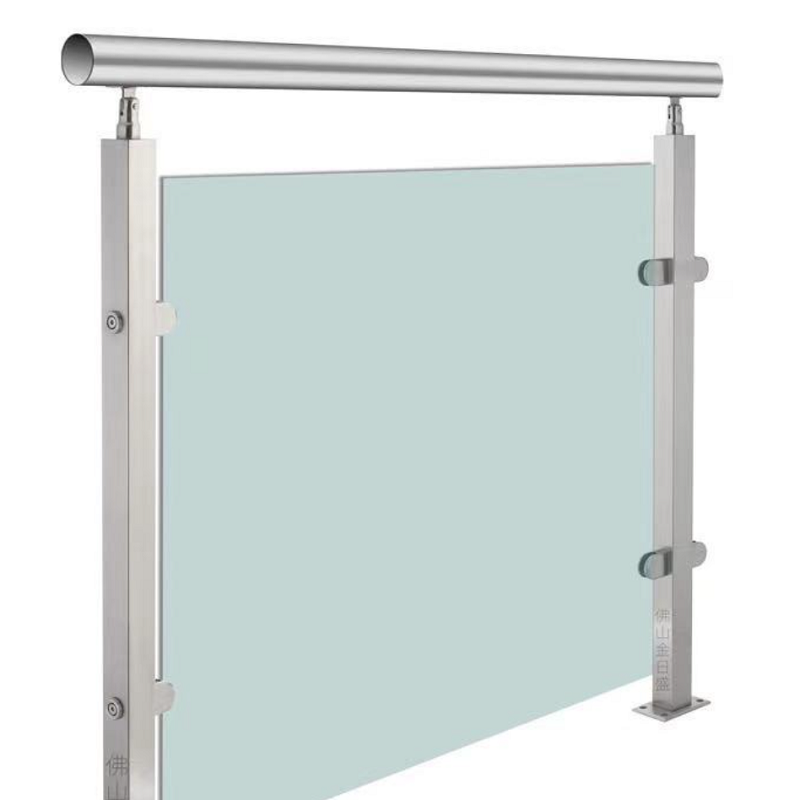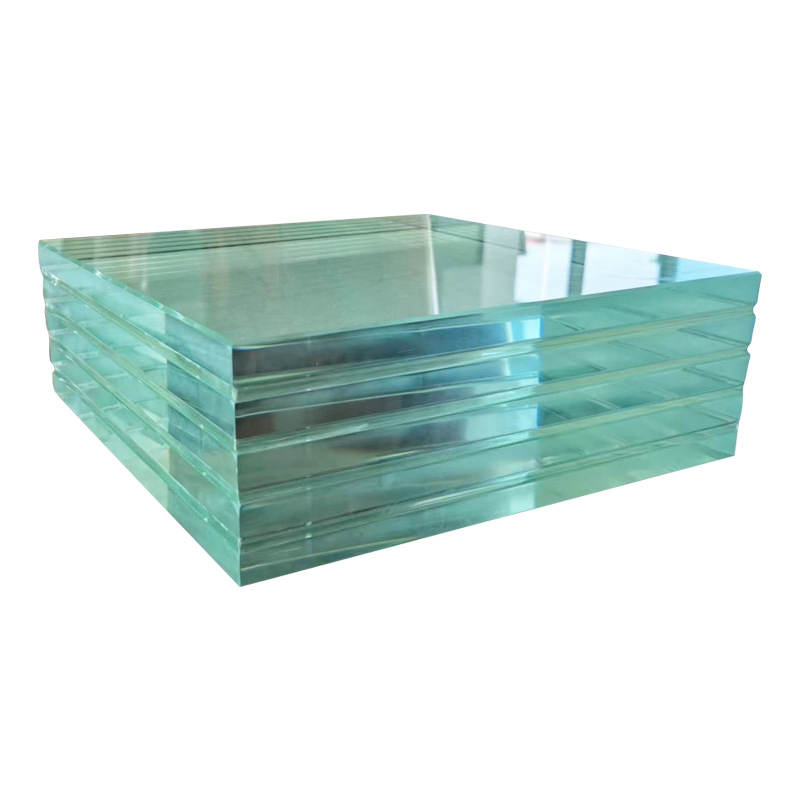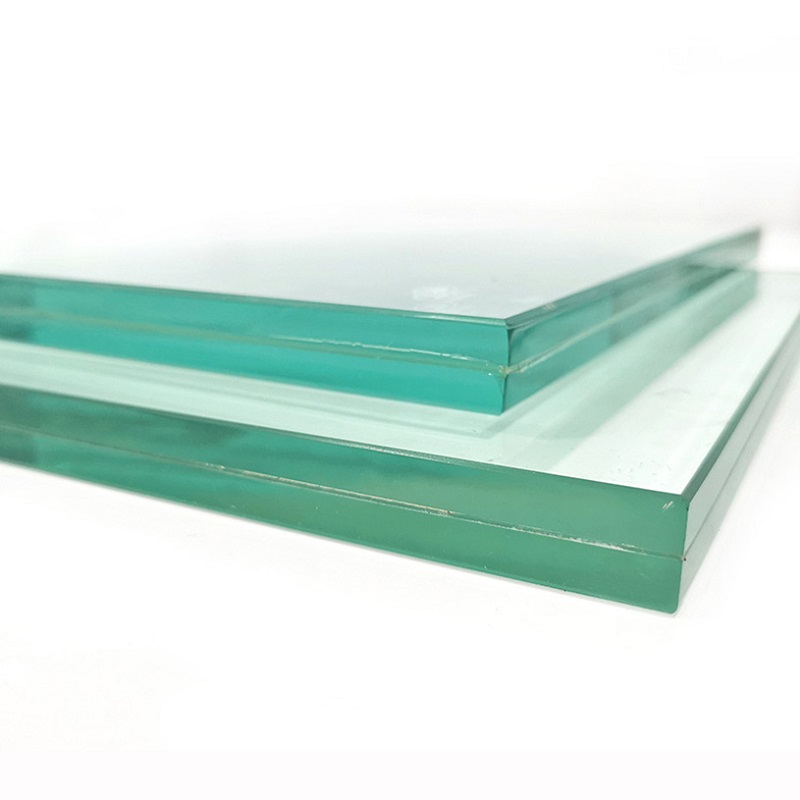News Feature: Exploring the Phenomenon of "Stress Patterns" in Tempered Glass – Causes, Impacts, and Industry Responses
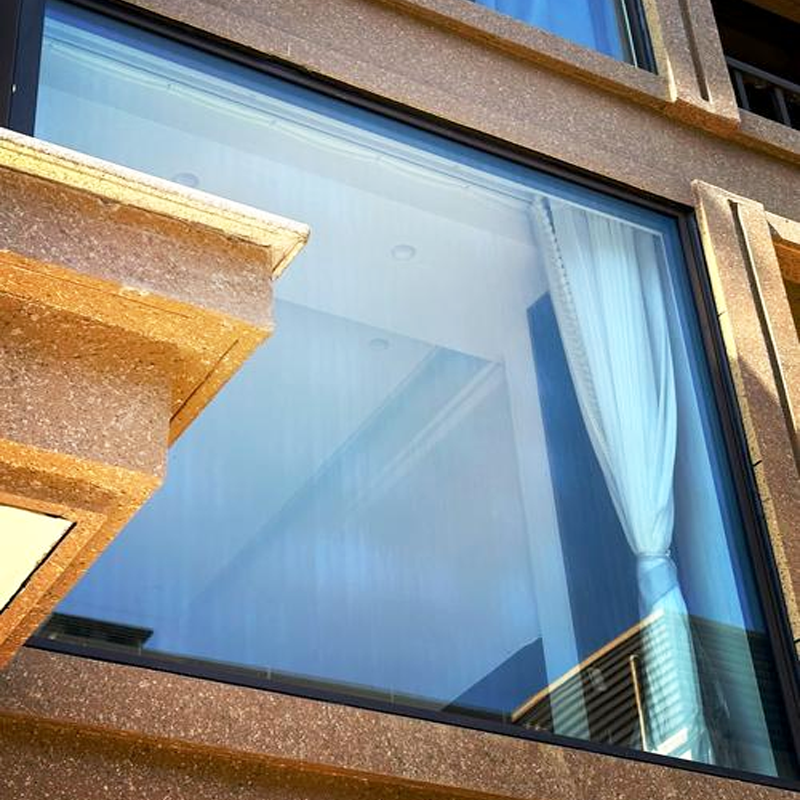
Introduction: The Invisible "Imprint" Beneath the Smooth Surface
In modern architectural and home design, glass, a material that combines transparency and strength, plays an indispensable role. Among its varieties, tempered glass, known for its exceptional safety performance and durability, has become the preferred choice for doors, windows, curtain walls, furniture, and screens of various electronic devices. However, astute observers may notice that under specific lighting conditions and viewing angles, irregular, cloud-like or fog-like areas of light and shadow appear on the surface of some tempered glass. This is commonly referred to in the industry as "stress patterns" (also known as stress marks or rainbow patterns). This optical phenomenon is not a quality defect, but its presence affects visual aesthetics, making it a focal issue that troubles some users and glass manufacturers. What are the core factors leading to the formation of stress patterns? This feature will delve into the analysis and showcase how the entire glass industry is responding.
Chapter 1: The Nature of Stress Patterns – Tracing the Physics of an Optical Effect
To understand stress patterns, one must first understand the manufacturing principle of tempered glass. After cutting and edging, ordinary float glass is heated in a furnace close to its softening point, followed by rapid and uniform cooling (air quenching). This cooling process causes the surface of the glass to contract and solidify quickly, while the interior remains at a high temperature. As the interior gradually cools and contracts, tensile stress forms inside the glass, while powerful compressive stress forms on the surface. This stress structure is the core reason why tempered glass is far stronger than ordinary glass and shatters into small granular pieces when broken
Stress patterns are precisely the optical manifestation of the uneven distribution of this internal stress. When light passes through tempered glass, birefringence occurs in areas with stress gradients. Simply put, the light splits into two beams of polarized light, which travel at slightly different speeds. When these two beams reunite, they create an interference effect due to their phase difference. To the naked eye, this interference appears as patches of varying colors or shades of light and dark, visible under specific angles and lighting. Therefore, the essence of stress patterns is the "optical fingerprint" of the physical stress structure within tempered glass, an inevitable byproduct of the strengthening process, albeit varying in degree.
Chapter 2: Analysis of Core Causes – A Network of Factors Influencing Stress Distribution
Although all tempered glass contains internal stress, the visibility of stress patterns varies significantly. The core influencing factors are multidimensional and can be primarily attributed to the following aspects:
1.Inherent Properties of the Raw Material Glass: The chemical composition of the raw glass is fundamental. Particularly, impurity particles such as nickel sulfide (NiS) in the glass undergo phase transformation during heat treatment, expanding in volume and becoming localized stress concentration points. Furthermore, the inherent thickness uniformity, flatness, and minor inherent stress of the raw glass itself are amplified during the tempering process, directly affecting the final uniformity of stress distribution. Therefore, the quality of the raw glass provided by upstream glass manufacturers is the first checkpoint determining the optical performance of the downstream tempered glass product.
2.Control of tempering process parameters: This represents the most crucial control point for glass manufacturers during the production process.
Heating Uniformity: The uniformity of temperature distribution within the heating furnace is crucial. Even slight temperature variations will cause differential softening across different areas of the glass, resulting in uneven stress development during cooling and the formation of stress patterns. Leading glass manufacturers implement precision temperature control systems combined with optimized furnace airflow designs to achieve maximum heating uniformity.
Cooling (Air Quenching) Uniformity: This represents the critical phase where stress is generated. The configuration of nozzles in the cooling air quench system, along with the consistency of air velocity and pressure, directly determines whether uniform surface compressive stress is formed. Any disparities in cooling intensity across different directions or positions will lead to uneven stress distribution, manifesting as visible stress patterns. The challenge of maintaining consistent cooling uniformity becomes particularly pronounced when processing large-sized, shaped, or ultra-thin tempered glass.
3.Glass Thickness and Size: Generally, the thicker the glass, the greater the temperature difference between the interior and exterior during cooling, and the thicker the central tensile stress layer becomes, making visible stress patterns more likely to appear. Similarly, achieving perfect stress equilibrium across the entire area is more challenging for large panels of tempered glass compared to smaller sizes.
4.Viewing Environment and Light Conditions: Stress patterns are not always visible. They become apparent only under specific angles of polarized light (such as scattered light from a clear sky, LED light sources, or direct sunlight at certain angles). The viewing angle of the observer is also critical. This means that the same piece of tempered glass can exhibit vastly different visibility of stress patterns depending on its installation environment and lighting conditions.
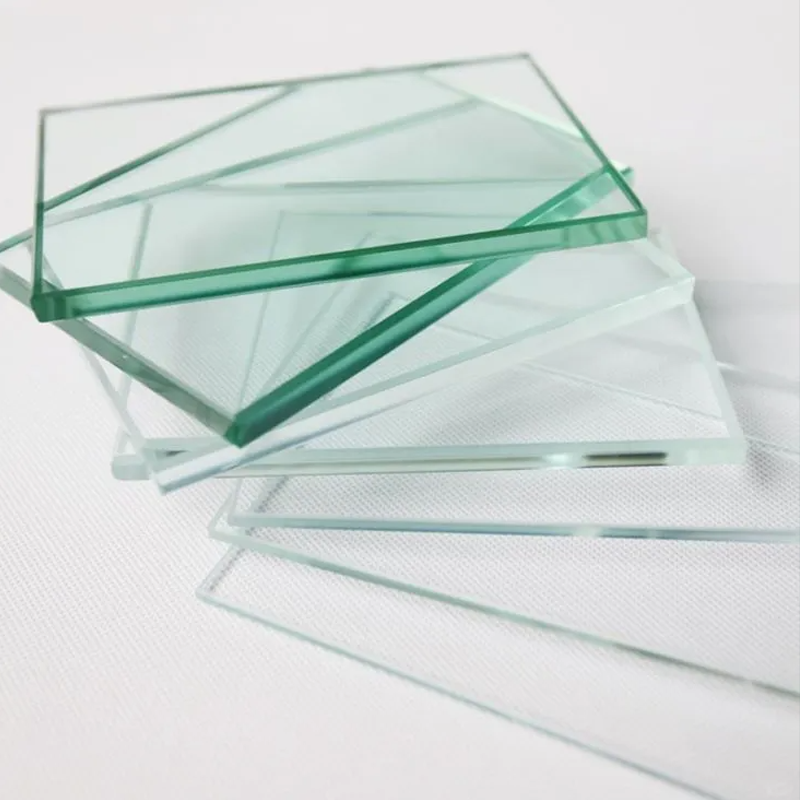
Chapter 3: Industry Response and Technological Advancement – The relentless pursuit of glass manufacturers
Faced with the common industry challenge of stress patterns, leading glass manufacturers have continuously pursued technological innovation and process refinement. Rather than aiming to completely eliminate internal stress—which would compromise the fundamental strength of tempered glass—their objective is to achieve optimally uniform stress distribution, thereby minimizing the visibility of stress patterns to the greatest extent possible.
Source Control: Leading glass manufacturers strictly select raw glass suppliers, prioritizing high-quality raw glass with low impurity content and good homogeneity to reduce the risk of stress concentration from the source.
Process Refinement: Modern advanced tempering production lines are equipped with smarter control systems. Computer simulations optimize the design of heating furnaces and cooling systems, enabling precise zonal temperature and pressure control. For coated glass like Low-E, manufacturers adjust process parameters to accommodate the coating characteristics, reducing stress non-uniformity caused by differential heat absorption of the coating.
Post-Processing and Alternative Solutions: For applications with extremely high optical requirements (e.g., museum display cases, high-end electronic devices), glass manufacturers may recommend using ultra-clear glass raw material, whose lower iron content reduces the risk of spontaneous breakage and improves optical performance. Furthermore, heat-strengthened glass (semi-tempered) is a compromise solution; its stress patterns are much weaker than fully tempered glass, but its strength and safety performance lie between ordinary glass and fully tempered glass. In some non-safety-critical areas, chemical tempering is also used for thin glass, as it can produce a very uniform surface compressive stress layer with almost no visible stress patterns.
Communication and Guidance: Responsible glass manufacturers and distributors are actively enhancing market education. Through technical white papers, sample demonstrations, and other means, they scientifically explain the causes of stress patterns to architects, designers, and end-users, setting realistic product expectations and preventing misunderstandings of it being a quality issue.
Chapter 4: Future Outlook – Seeking Breakthroughs in Materials Science and Optics
As architectural aesthetics demand higher levels of transparency and visual integrity, the market demand for "pattern-free" or "low-pattern" tempered glass will continue to grow. Future research and development directions may focus on:
Research on New Glass Compositions: Developing new glass formulations that are less sensitive to heat treatment and can automatically balance internal stress.
Smart Manufacturing and AI Control: Utilizing artificial intelligence and machine learning algorithms to analyze production data in real-time, dynamically adjusting parameters in different zones of the tempering furnace for adaptive, optimized stress control.
Online Detection and Feedback: Integrating high-precision online polariscopic detection systems to scan the stress distribution of tempered glass after it leaves the furnace and feed the data back to the control system, forming a closed-loop process optimization.
Conclusion: Understanding and Acceptance, a Symphony of Technology and Aesthetics
Stress patterns, the "birthmark" of the strengthening process of tempered glass, are a unique optical imprint left behind as materials science endows glass with greater safety assurance. Their presence reminds us of the trade-offs often required between performance and perfection in technological products. For consumers, understanding the scientific principles behind this phenomenon allows for a more rational view of it. For the entire glass industry chain, from upstream raw glass production to downstream tempered glass processing manufacturers, continuous technological innovation and rigorous quality control are the eternal driving forces constantly weakening this imprint and pushing products toward higher quality. On the path pursuing ultimate transparency and safety, the story of every piece of glass is intertwined with the subtle dance between stress and light.
glass manufacturersglass manufacturersglass manufacturersglass manufacturersglass manufacturersglass manufacturersglass manufacturersglass manufacturerstempered glasstempered glasstempered glasstempered glass


